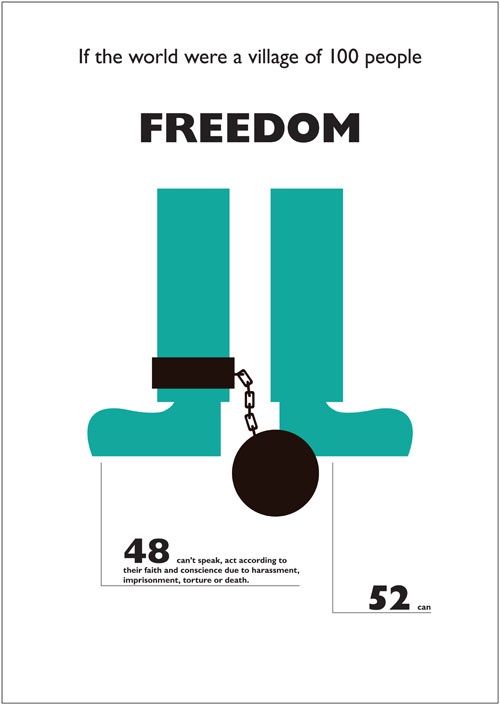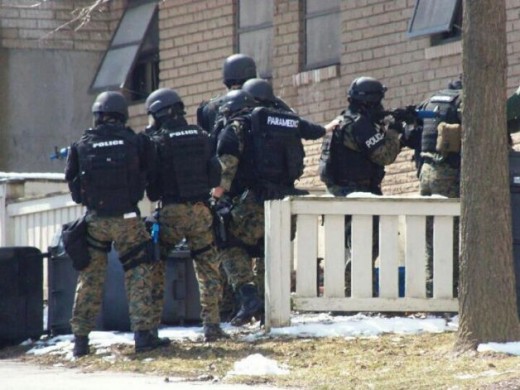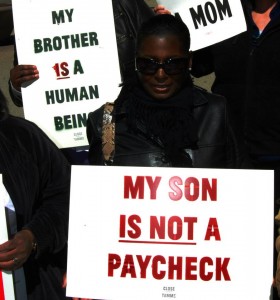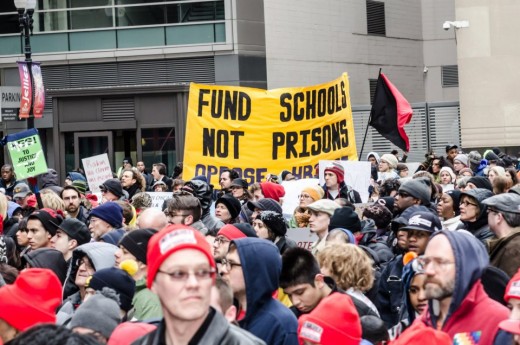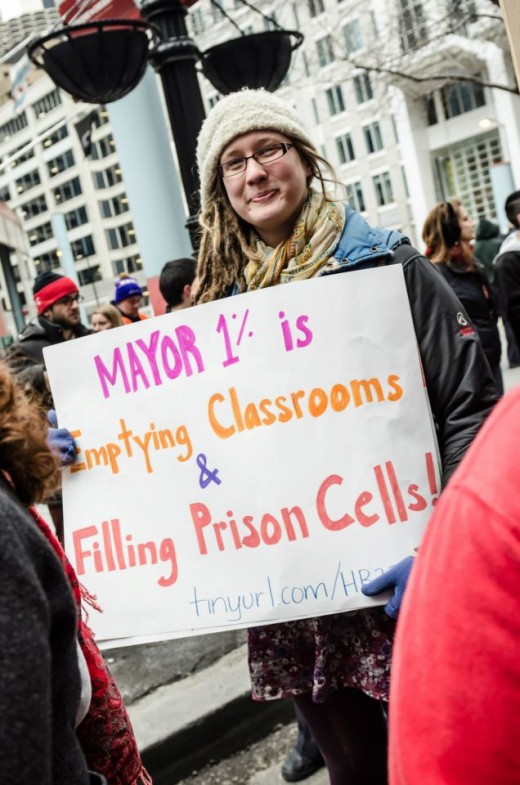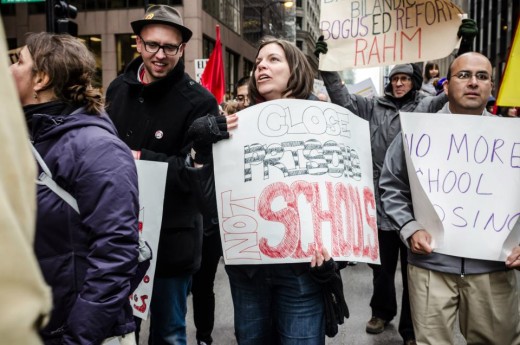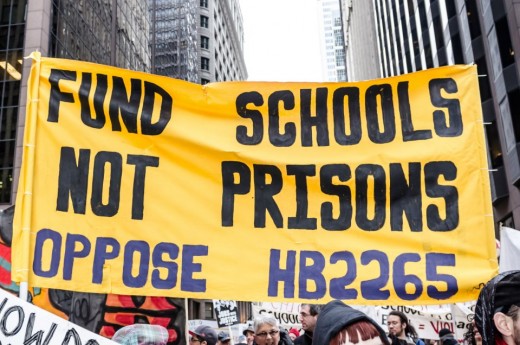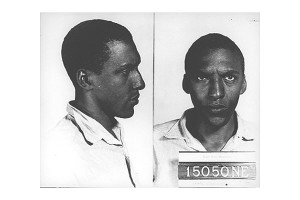“We Want To Live:” A List of Demands by Black Youth in the 30s
Whatever happened to the Manifesto? I think that young organizers should bring it back or at the very least start creating more lists of demands…
I was invited to attend a meeting a few weeks ago by a group of young organizers who are interested in taking action to address the epidemic of mass incarceration. It is always tricky for older organizers to participate in such meetings. It is hard to know when to speak up and when to stay quiet. I mostly bit my tongue. I wanted to respect their process but when the meeting ended, I did pull a couple of the young organizers aside to offer some suggestions for how to improve their meetings. I asked if they had already developed a list of their wants and demands. They said no. They had spent several meetings already discussing their “shared values” and agreeing to “their process.” I asked if they were surprised that they had lost quite a few members since their launch. They told me that building community among themselves was crucially important. I agreed and said that there is also value though in people gathering to discuss what they want and to plan a strategy & program to achieve it. It’s a balance that many never achieve.
In the 1930s, local youth began to get more involved in protest movements. This was particularly true for Southern youth who gathered in regional assemblies to articulate demands and network. In Opportunity magazine (a publication of the Urban League), Edward Strong reported on one such gathering of black youth that took place in Tennessee in 1938. Below is the position paper of the May 1938 Southern Negro Youth Conference.
In Chattanooga, Tennessee, last month, 500 young colored men and women met in the second all-Southern Negro Youth Conference. They came to express their wants and desires — to plan a new design for living — and in the program that they adopted all their hopes and aspirations for a brighter future were reflected.
What is the aim of young Negroes of the South today? What do they want? How do they propose to move ahead? The delegates answered these questions simply and unanimously.
